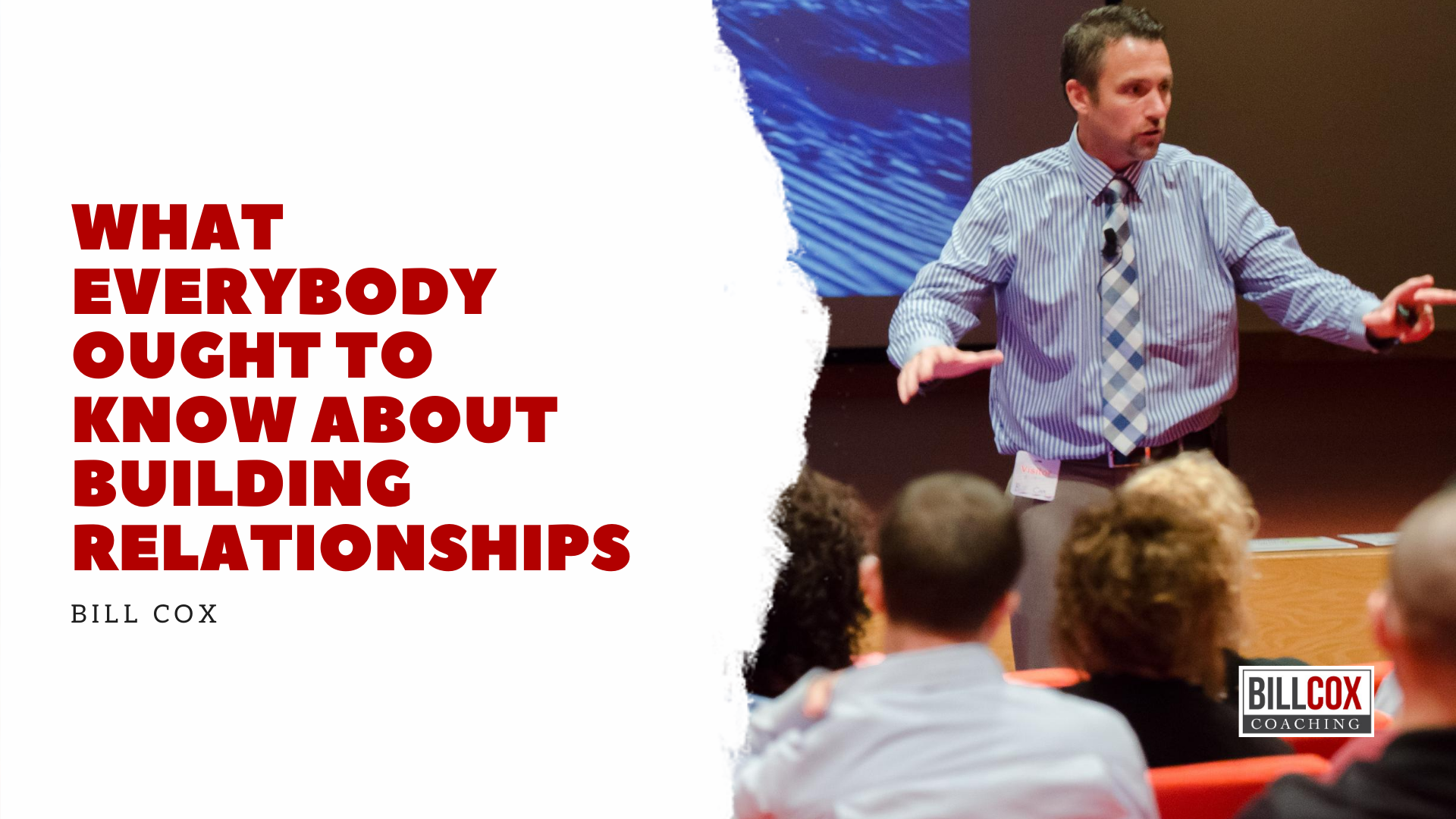Did you know that a 2015 Gallup survey revealed that, “The percentage of U.S. workers in 2015 who Gallup considered engaged in their jobs averaged 32%. The majority (50.8%) of employees were "not engaged," while another 17.2% were "actively disengaged."
When you consider the number of workers who are checked out, this is astounding. On many levels this is a problematic statistic -- however, we won't wade too deep into this today.
Although, I do have a question for you.
Which category would you place yourself in — engaged, not engaged or actively disengaged with your job? And furthermore, if you are part of the majority of folks who are disengaged, what factors have contributed to your disengagement?
My guess is that there are multiple issues in play. I’ll even bet that one of the contributing factors involves the dynamics of the team that you are part of.
Are you part of a highly engaged, kick butt (in a good way) team or one that is creating significant stress and draining the life right out of you through the bottom of your feet?
How can you know whether you are part of a cohesive team or a dysfunctional team? I’m glad you asked.
Patrick Lencioni provides a simple checklist in his book, The Advantage, that you can use to determine whether or not you are part of a high-functioning, cohesive team.
Read through the following six statements and check all that apply:
The leadership team is small enough (three to ten people) to be effective.
Members of the team trust one another and can be genuinely vulnerable with each other.
Team members regularly engage in productive, unfiltered conflict around important issues.
The team leaves meetings with clear-cut, active, and specific agreements around decisions.
Team members hold one another accountable to commitments and behaviors.
Members of the leadership team are focused on team number one. They put the collective priorities and needs of the larger organization ahead of their own departments.
So, how many statements were relevant to your situation? If your answer is three or fewer statements, there is a solid reason to feel the way you do.
If you would like to create some great discussion with other members of your team, pass this checklist on to them and see how many statements they agree with.
**Please be sure to clear this with the leader of your team first :-)
Chances are, your team can do better. And if it does, imagine the positive impact it could have on your life and everyone around you. Imagine how much happier, healthier and more productive you would be.
Here’s to creating legacy cultures.

![L2_Event-7[1].jpg](https://images.squarespace-cdn.com/content/v1/53b08d1ce4b0384cc89f2b45/1442198557956-OUBKGAZ3ACS6XNQ58S1D/L2_Event-7%5B1%5D.jpg)



